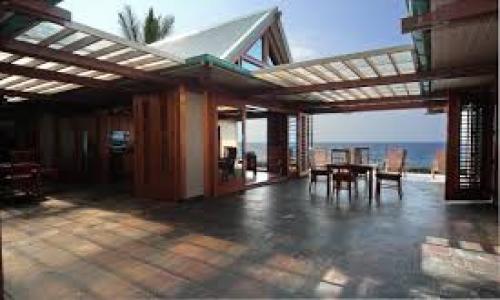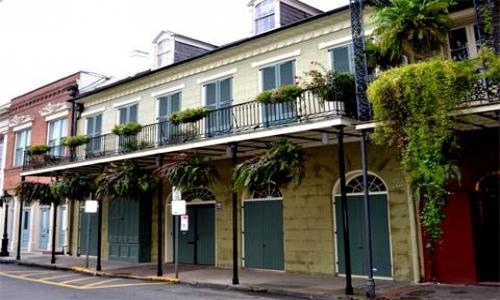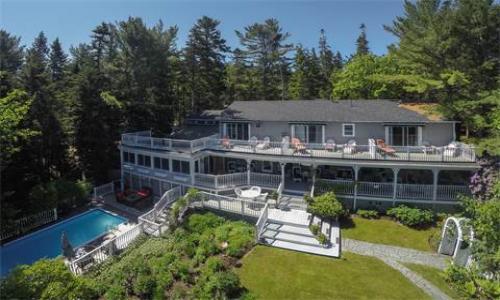Washington, August 21, 2009
Existing-home sales – including single-family, townhomes, condominiums and co-ops – rose 7.2 percent to a seasonally adjusted annual rate1 of 5.24 million units in July from a level of 4.89 million in June, and are 5.0 percent above the 4.99 million-unit pace in July 2008. The last time sales rose for four consecutive months was in June 2004, and the last time sales were higher than a year earlier was November 2005.
Lawrence Yun, NAR chief economist, said he is encouraged. “The housing market has decisively turned for the better. A combination of first-time buyers taking advantage of the housing stimulus tax credit and greatly improved affordability conditions are contributing to higher sales,” he said.
The monthly sales gain was the largest on record for the total existing-home sales series dating back to 1999.
“Because price-to-income ratios have fallen below historical trends, there are more all-cash offers. In some recovering markets like San Diego, Las Vegas, Phoenix, and Orlando, the demand for foreclosed and lower priced homes has spiked, and a lack of inventory is becoming a common complaint,” Yun said.
According to Freddie Mac, the national average commitment rate for a 30-year, conventional, fixed-rate mortgage fell to 5.22 percent in July from 5.42 percent in June; the rate was 6.43 percent in July 2008.
An NAR practitioner survey showed first-time buyers purchased 30 percent of homes in July, and that distressed homes accounted for 31 percent of transactions.
NAR President Charles McMillan, a broker with Coldwell Banker Residential Brokerage in Dallas-Fort Worth, said the first-time buyer tax credit is working. “In addition to first-time buyers, we’re also seeing increased activity by repeat buyers. While many entry-level buyers are focused on the discounted prices of distressed homes, they’re also freeing some existing owners to sell and make a move,” he said.
“Realtors® are the best resource for consumers in these changing market conditions because the transaction process has become more complex. Since it’s now taking longer to complete a home sale, first-time buyers who want to take advantage of the $8,000 tax credit should try to make contract offers by the end of September,” McMillan said. “Otherwise, they may miss the November 30 closing deadline.”
Total housing inventory at the end of July rose 7.3 percent to 4.09 million existing homes available for sale, which represents a 9.4-month supply2 at the current sales pace, which was unchanged from June because of the strong sales gain. Raw inventory totals are 10.6 percent lower than a year ago when the number of unsold homes was at a record.
The national median existing-home price3 for all housing types was $178,400 in July, which is 15.1 percent lower than July 2008. Distressed properties continue to weigh down the median price because they typically sell for 15 to 20 percent less than traditional homes.
Single-family home sales increased 6.5 percent to a seasonally adjusted annual rate of 4.61 million in July from a pace of 4.33 million in June, and are 5.0 percent higher than the 4.39 million-unit level in July 2008. The median existing single-family home price was $178,300 in July, which is 14.6 percent below a year ago.
Existing condominium and co-op sales jumped 12.5 percent to a seasonally adjusted annual rate of 630,000 units in July from 560,000 in June, and are 5.9 percent above the 595,000-unit level a year ago. The median existing condo price4 was $178,800 in July, down 18.9 percent from July 2008.
Regionally, existing-home sales in the Northeast surged 13.4 percent to an annual pace of 930,000 in July, and are 3.3 percent higher than July 2008. The median price in the Northeast was $236,700, down 15.0 percent from a year ago.
Existing-home sales in the Midwest jumped 10.9 percent in July to a level of 1.22 million and are 8.0 percent above a year ago. The median price in the Midwest was $157,200, which is 5.9 percent less than July 2008.
In the South, existing-home sales rose 7.1 percent to an annual pace of 1.95 million in July and are 5.4 percent higher than July 2008. The median price in the South was $164,500, down 7.1 percent from a year ago.
Existing-home sales in the West slipped 1.7 percent to an annual rate of 1.13 million in July, but are 1.8 percent above a year ago. The median price in the West was $202,300, which is 28.0 percent below July 2008.
The National Association of Realtors®, “The Voice for Real Estate,” is America’s largest trade association, representing 1.2 million members involved in all aspects of the residential and commercial real estate industries.
# # #
NOTE: Any references to performance in states or metro areas are from unpublished raw data used to analyze regional trends; please contact your local association of Realtors® for more information.
1The annual rate for a particular month represents what the total number of actual sales for a year would be if the relative pace for that month were maintained for 12 consecutive months. Seasonally adjusted annual rates are used in reporting monthly data to factor out seasonal variations in resale activity. For example, home sales volume is normally higher in the summer than in the winter, primarily because of differences in the weather and family buying patterns. However, seasonal factors cannot compensate for abnormal weather patterns.
Existing-home sales, which include single-family, townhomes, condominiums and co-ops, are based on transaction closings. This differs from the U.S. Census Bureau’s series on new single-family home sales, which are based on contracts or the acceptance of a deposit. Because of these differences, it is not uncommon for each series to move in different directions in the same month. In addition, existing-home sales, which generally account for 85 to 90 percent of total home sales, are based on a much larger sample – more than 40 percent of multiple listing service data each month – and typically are not subject to large prior-month revisions.
Single-family data collection began monthly in 1968, while condo data collection began quarterly in 1981; the series were combined in 1999 when monthly collection of condo data began. Prior to this period, single-family homes accounted for more than nine out of 10 purchases. Historic comparisons for total home sales prior to 1999 are based on monthly single-family sales, combined with the corresponding quarterly sales rate for condos.
2Total inventory and month’s supply data are available back through 1999, while single-family inventory and month’s supply are available back to 1982.
3The only valid comparisons for median prices are with the same period a year earlier due to the seasonality in buying patterns. Month-to-month comparisons do not compensate for seasonal changes, especially for the timing of family buying patterns. Changes in the composition of sales can distort median price data. Year-ago median and mean prices sometimes are revised in an automated process if more data is received than was originally reported.
4Because there is a concentration of condos in high-cost metro areas, the national median condo price generally is higher than the median single-family price. In a given market area, condos typically cost less than single-family homes.
Existing-home sales for August will be released September 24. The next Pending Home Sales Index & Forecast is scheduled for September 1; release times are 10 a.m. EDT.
Information about NAR is available at www.realtor.org. This and other news releases are posted in the News Media section. Statistical data in this release, other tables and surveys also may be found by clicking on Research.












Add your Comment
or use your BestCashCow account